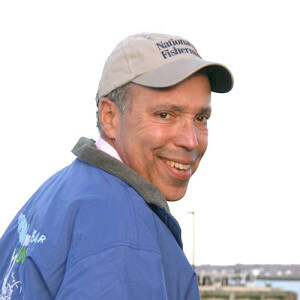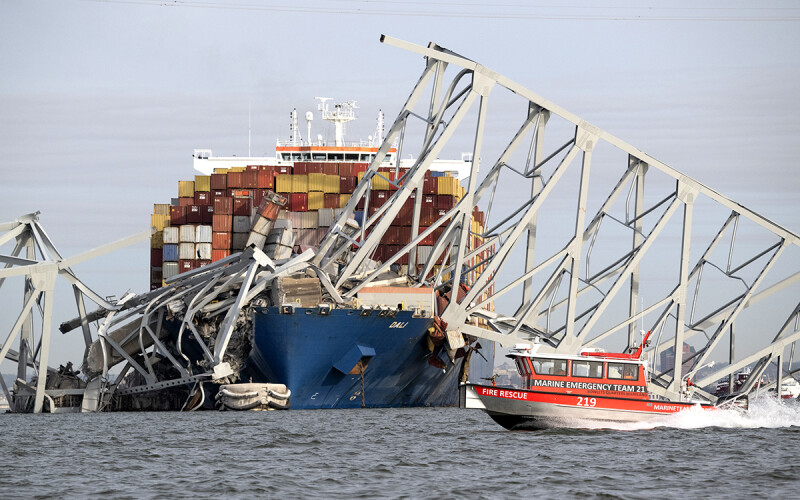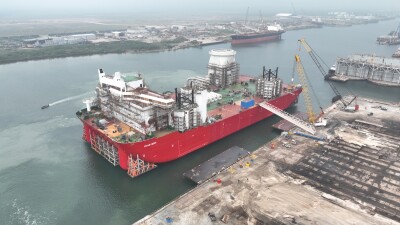The containership Dali remains pinned by Baltimore’s Francis Scott Key Bridge, where it has been since it plowed into the bridge March 26, but the blame game — alternatively known as the “don’t blame me” game — is underway.
By April 1, the owner of the ship and the ship’s operator filed what is known as a “petition for exoneration from or limitation of liability,” the news website Baltimore Banner reported.
In other words, the petitioners are saying that the accident wasn’t the fault of their ship, its crew, or anyone else in their charge. But if by some chance it was, they had no way of knowing about it. They also said their liability should be capped at $43.67 million.
That figure might seem quite low, but under maritime law it is relevant if it comports with the value of the ship, unless it can be shown that the owner was aware of the cause of the accident.
“America’s decaying infrastructure” has been cited as a factor in the almost instantaneous collapse of the Key Bridge. The bridge was built nearly a half-century ago, before the age of large container ships, and its piers are not protected to the extent they are in newer bridges. Is that a design flaw?
Today’s largest container ships are twice the size of the Dali. Can we build a bridge capable of withstanding their impact, and if so, at what cost?
In that vein, U.S. Rep. Nancy Mace (R-S.C.), asked to account for our aging roads and bridges less than three years after the passage of President Biden’s infrastructure bill, blamed the bill itself. “We’re not spending it on roads and bridges,” she said, “It was mostly Green New Deal.”
Further afield, there are some who have seized upon the events of March 26 as an inevitable consequence of the American preoccupation with diversity, equity, and inclusion. Phil Lyman, a candidate for governor of Utah, said in a social media post, “This is what happens when you have governors who prioritize diversity over the well-being and security of citizens.” Which governors, who was diverse, and what their roles might have been in the Dali allision were not spelled out in the post.
Lastly, a number of conspiracy theorists have weighed in, citing open borders, terrorists, Covid lockdowns, drug-addled employees, and cyberattacks as possible if not likely factors in the tragedy.
The National Transportation Safety Board is expected to release a preliminary report on the accident in early May. It seems clear that the 95,000-ton container ship lost electrical power and propulsion in the minutes before it allided with the bridge. In which case, how and why are the questions?
The NTSB is good at getting to the bottom of these things. It will be up to shipbuilders, ship operators and the government to determine the so-called way forward.
Some solutions, for example, tug escorts and enhanced piers around bridges, seem obvious. But tug escorts are expensive. Situationally, shippers might be willing to pay the price. Blanket mandates for escorts, on the other hand, are almost certain to meet resistance.
As for piers: I am no engineer, but given the size of today’s ships, we may be past the point where bridges can withstand 200,000-ton rammings — unless, of course, we design bridges supported by what are essentially dams, which seems an expensive proposition.
Then there is the question of what took place aboard the Dali. Was there a one-in-a-million catastrophic mechanical or electronic failure? Or an eventuality that should have been anticipated? Are there redundancies or precautions that would prevent such failures or their consequences? Almost certainly, one would think. At what price?
Markets are a force of nature. We buy products manufactured halfway around the world because they’re as good as what we can buy here yet cost less. Our quality of life is tied to the economical movement of goods across the planet. Trade, however, implies tradeoffs. Commerce is not without adverse consequences.
That doesn’t mean we can’t strive toward perfectly safe ships and bridges. The fact is, Americans have made safety a priority: in the cars we drive, the water we drink, the places we work, and so on.
But as the wise man said, life’s a journey, not a destination. Sometimes we live with coming up a little short.





